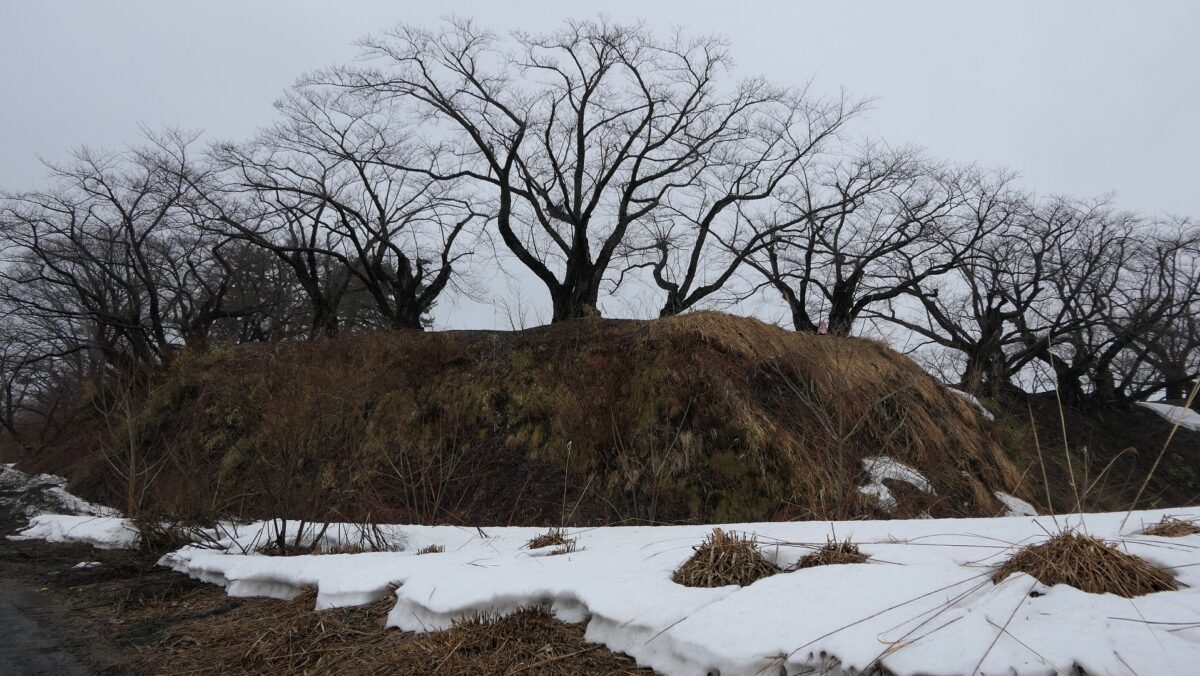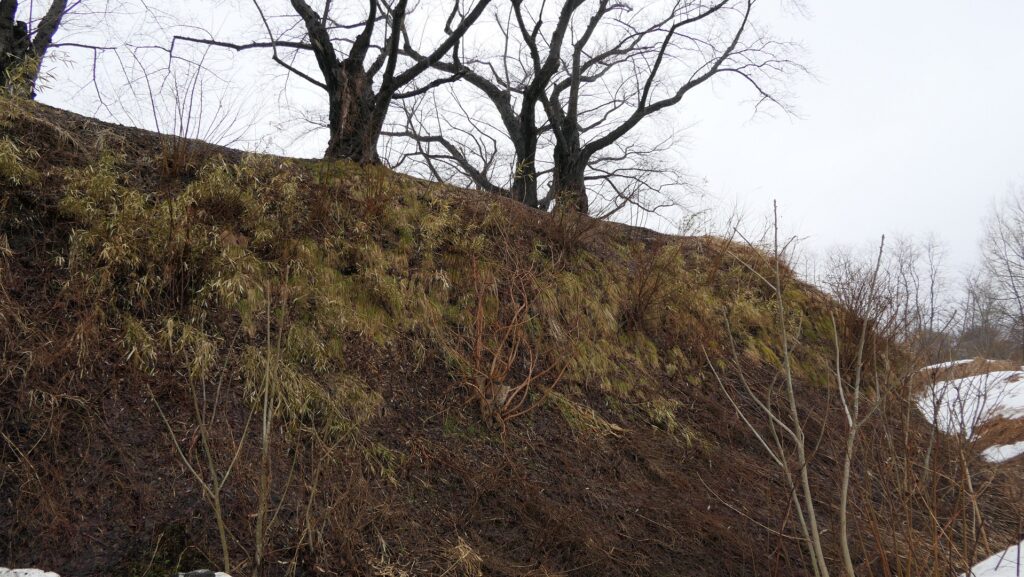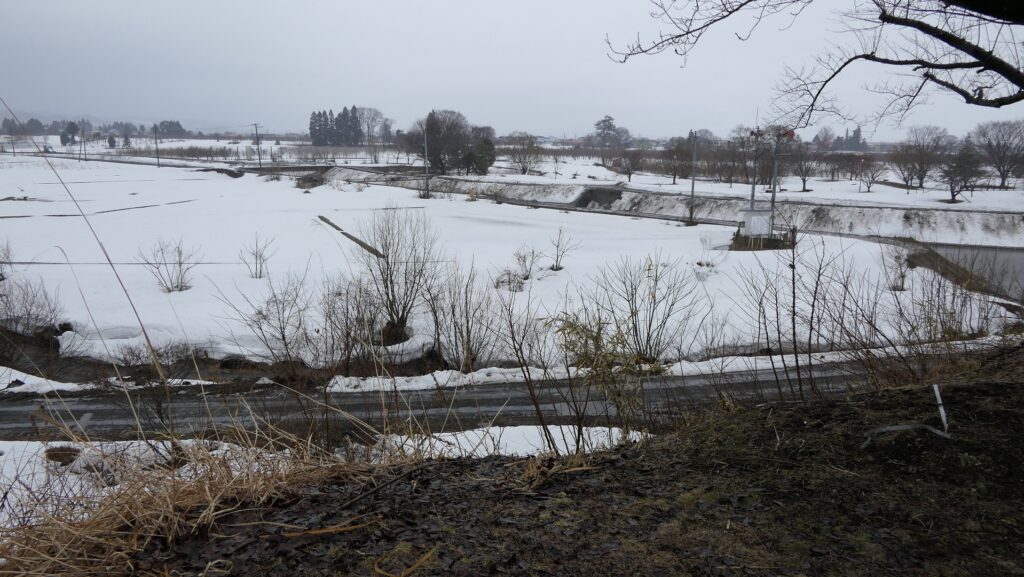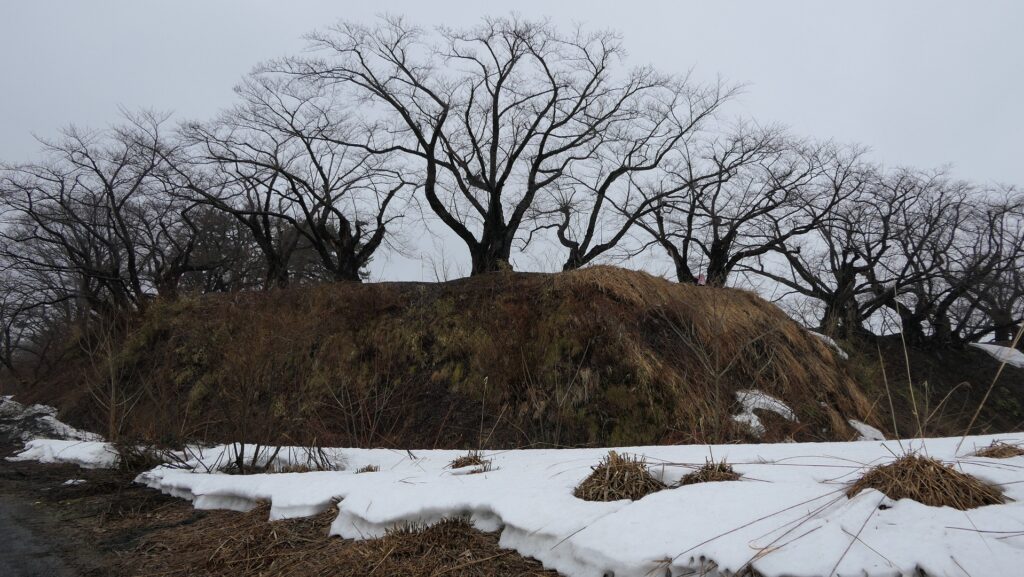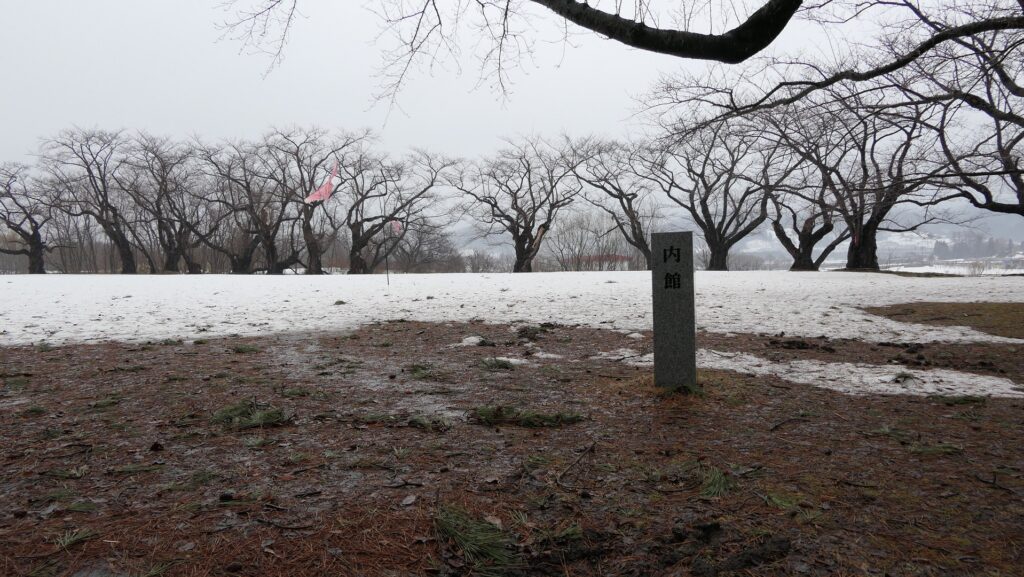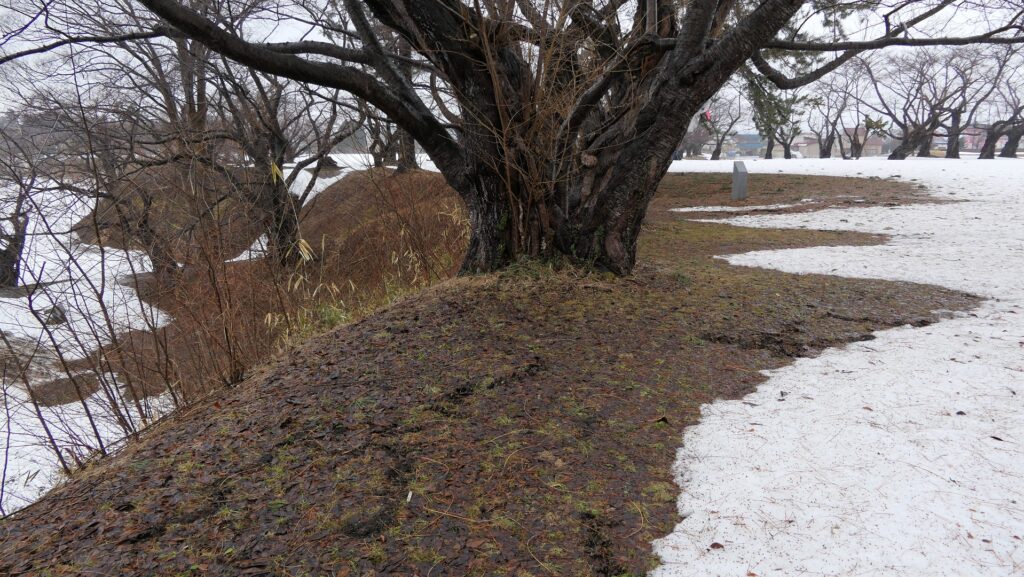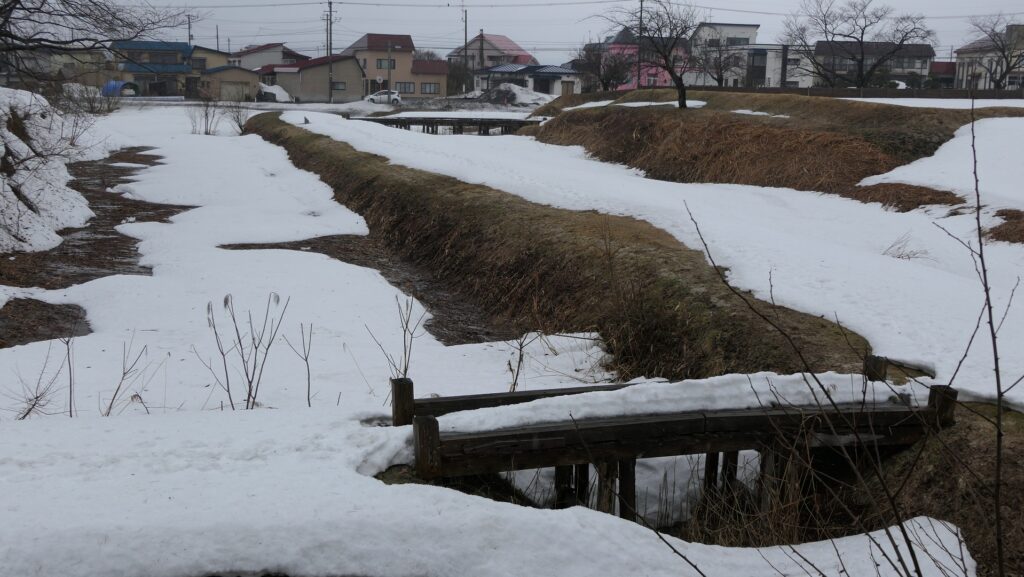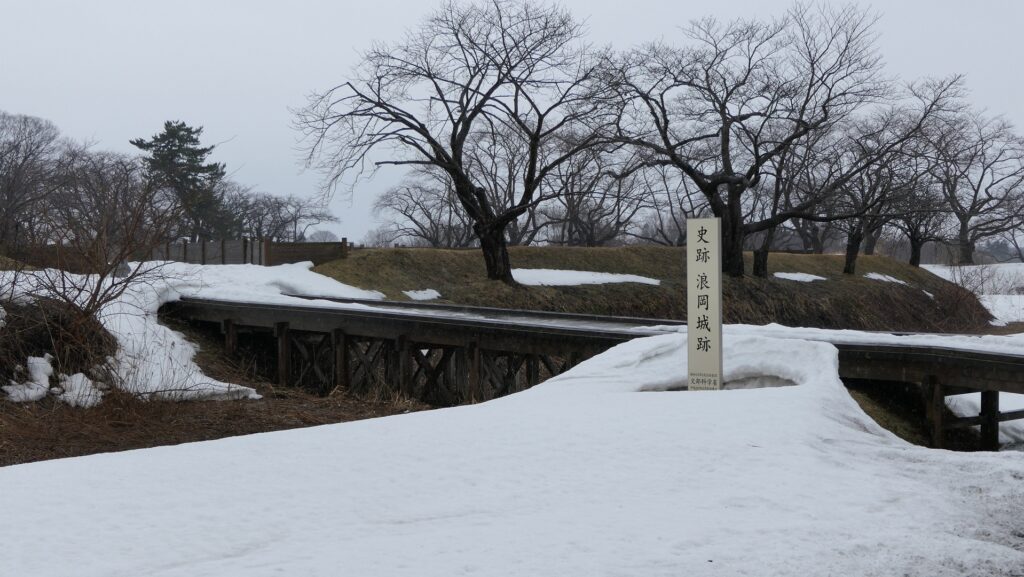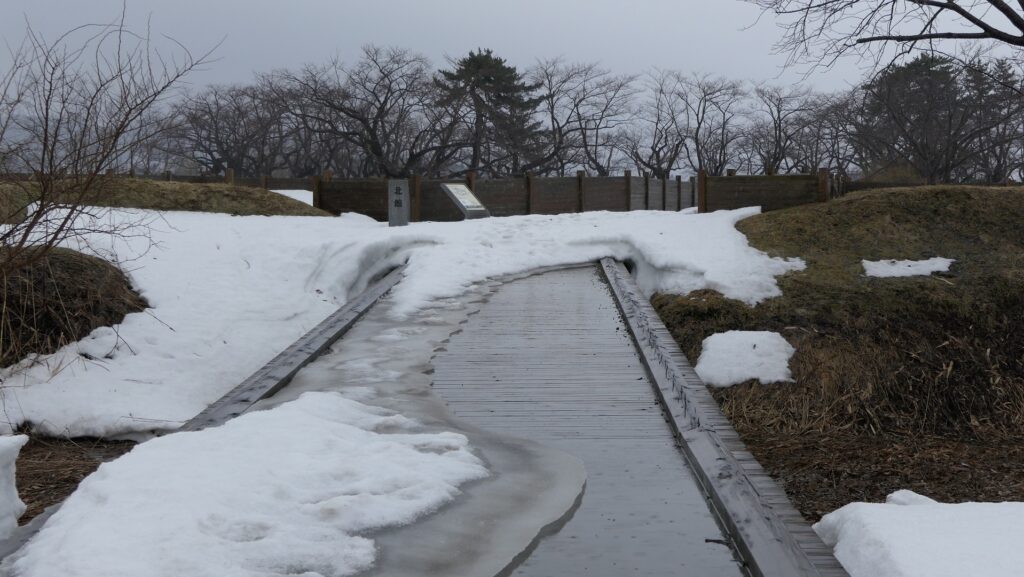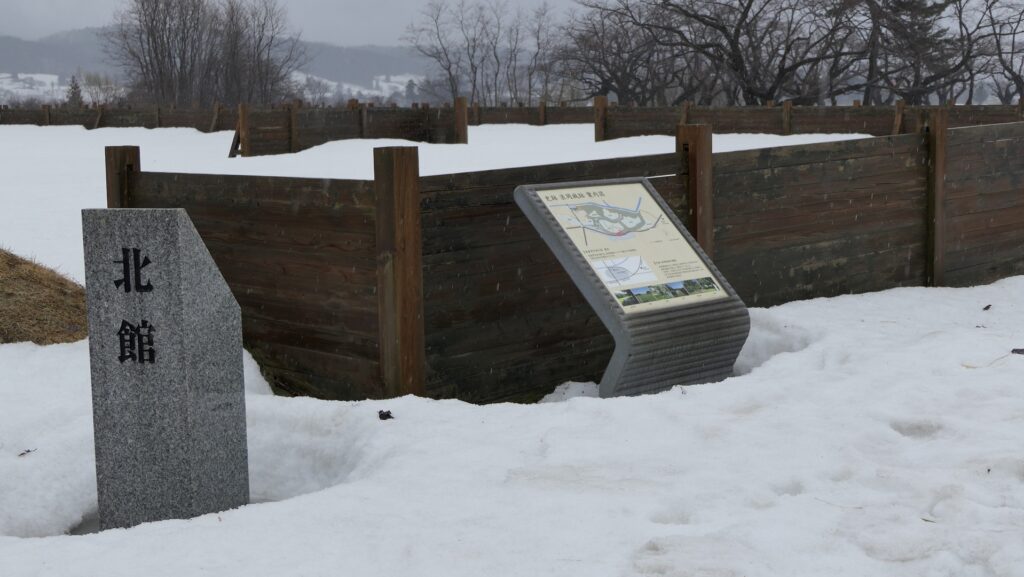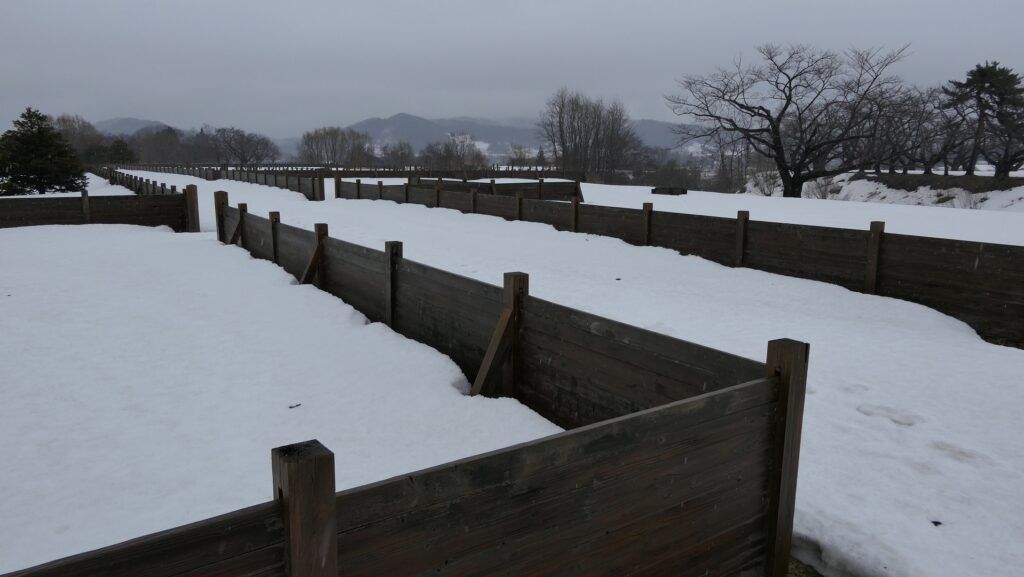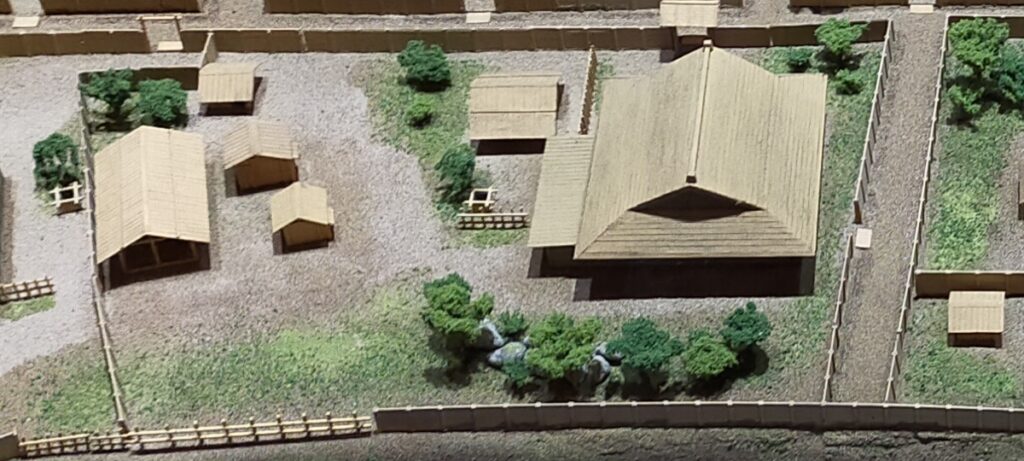Features
House in Aomori-shi Middle Ages
On the way of the ruins from Namioka Station, you can also visit the House in the Aomori-shi Middle Ages to learn more about the castle. It is a historical museum which exhibits the findings about the castle from the excavation and the study. For example, you can see the restored high-class reception hall called Kokonoma in the Main Hall for the lord, the miniature model of the North Enclosure, and the unearthed traded items such as
Luzon Pots.
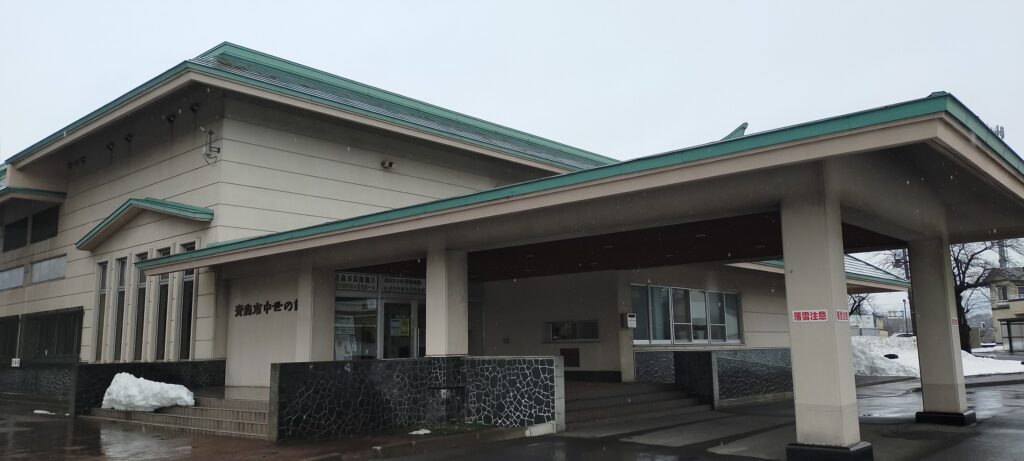


Later History
After Namioka Castle was abandoned, the ruins were used as farms in the Edo Period. In the Meiji Period, the Kitabatake Clan was featured because the clan devotedly served the Southern Court which the government decided as orthodox. The study for the castle was accordingly started. The monument to honor the Kitabatake Clan was built and cherry trees were also planted since then . The castle ruins were designated as a National Historic Site in 1940, which was the first case for Aomori Pref. The excavation of the castle was launched in 1977. Finally, the ruins were open to the public as a historical park in 1998.
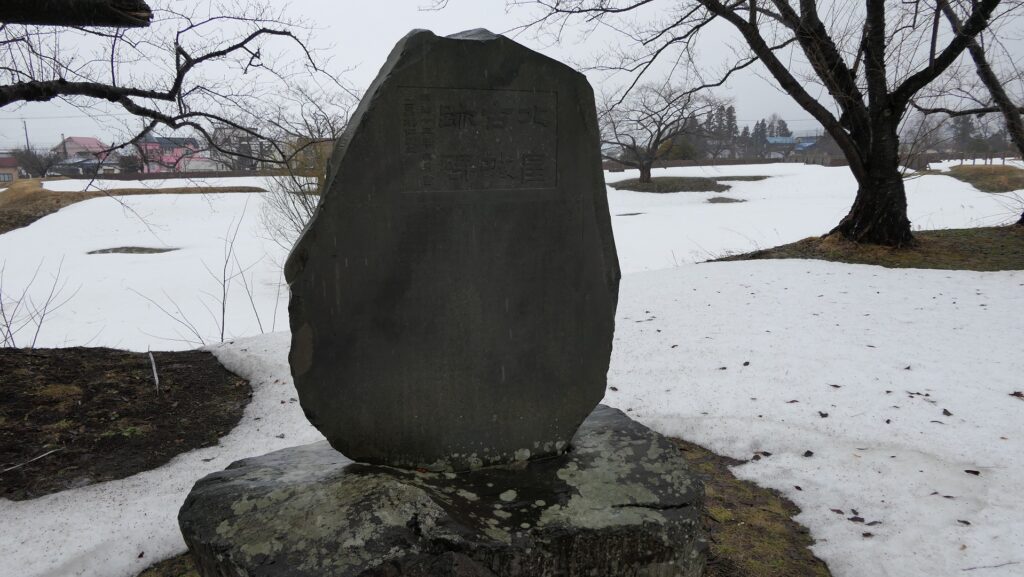
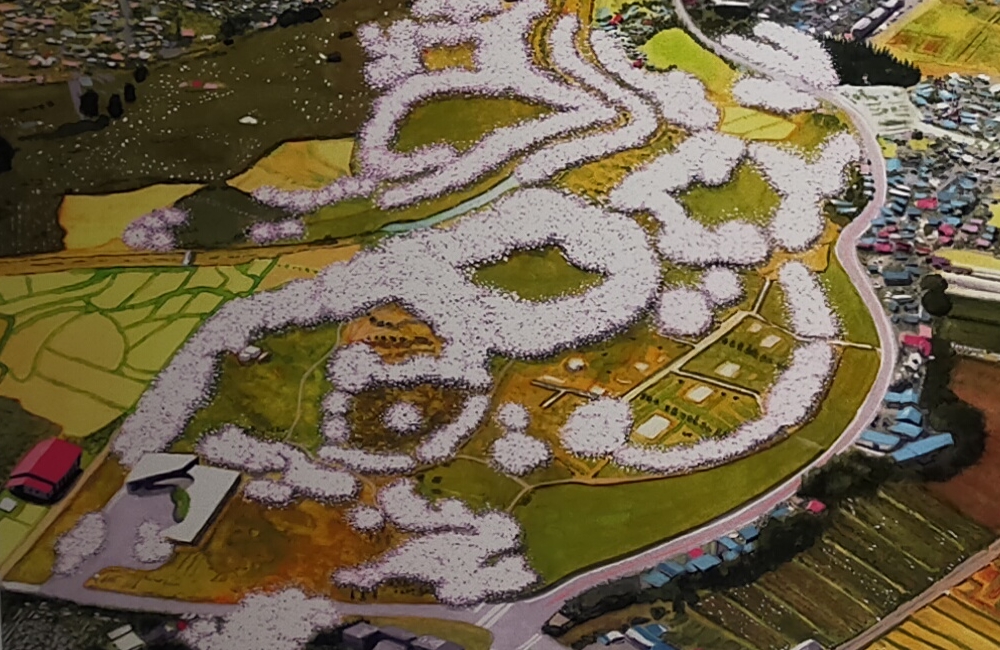
My Impression
Visiting the ruins of Namioka Castle, I have learned that the castle was rather a symbol of peace than the fortress for battle even when many battles happened in the 15th and 16th Centuries called the Sengoku Period. I think that the ruins of this castle are very important site which shows that fact. In addition, the best season for visiting there is definitely in the spring, as the cherry blossoms around the ruins bloom. On the other hand, you should probably try to avoid visiting there in the winter, as the park is basically closed and you sometimes have to walk in the snow to see the ruins, like what happened to me when I visited the castle in winter.

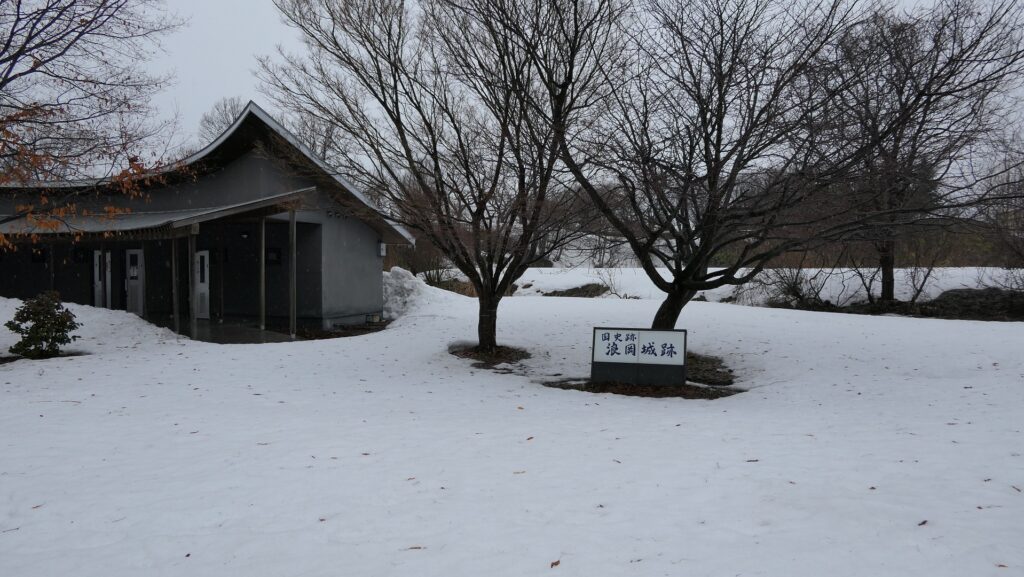
How to get There
If you want to visit there by car:
It is about 10 minutes away from Namioka IC on the Tohoku Expressway.
There is a parking lot beside the Information Center in the eastern part of the ruins.
By train, it is over 30 minutes away from Namioka Station on foot.
I recommend using a taxi from the station to avoid getting lost. You can go directly to the Inner Enclosure though the western entrance of the ruins by the taxi.
To get to Namioka Station from Tokyo: Take the Tohoku Shinkansen super express and transfer at Shin-Aomori Station to the Ohu Line.

That’s all. Thank you.
Back to “Namioka Castle Part1”
Back to “Namioka Castle Part2”

